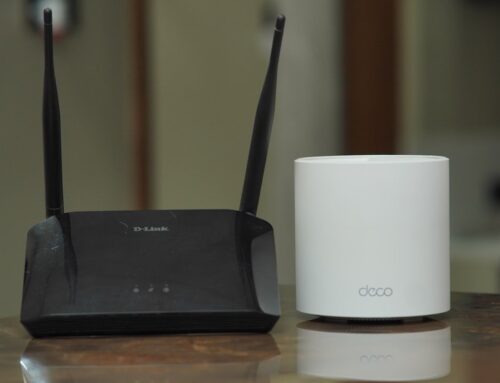Exploring the Rise of IoT in Corporate Network Infrastructure
Exploring the Rise of IoT in Corporate Network Infrastructure
The rise of the Internet of Things (IoT) is fundamentally transforming corporate network infrastructure, introducing a multitude of connected devices and sensors that gather and exchange data. Here’s how IoT is reshaping corporate networks:
- Proliferation of Connected Devices: IoT devices range from traditional endpoints like computers and smartphones to specialized sensors, actuators, and wearables. As these devices proliferate within corporate environments, network infrastructure must accommodate the increased volume and diversity of endpoints.
- Bandwidth Demand: IoT devices generate vast amounts of data, placing significant demands on network bandwidth. Corporate networks must be scalable and capable of handling the growing influx of data traffic from IoT devices without compromising performance or reliability.
- Security Challenges: The proliferation of IoT devices introduces new security challenges, as many IoT devices lack robust built-in security features. Corporate networks must implement stringent security measures to protect against IoT-related threats, including device vulnerabilities, unauthorized access, and data breaches.
- Network Segmentation: To mitigate security risks associated with IoT devices, organizations are increasingly adopting network segmentation strategies. Segmenting the network into distinct zones or VLANs allows IT teams to isolate IoT devices from critical systems and apply specific security policies based on device type and function.
- Edge Computing Integration: IoT deployments often leverage edge computing to process data closer to the source, reducing latency and reliance on centralized data centers. Corporate networks may incorporate edge computing infrastructure to support IoT applications that require real-time data processing and analytics.
- Wireless Connectivity: Many IoT devices rely on wireless connectivity protocols such as Wi-Fi, Bluetooth, Zigbee, and LoRaWAN. Corporate networks must provide robust wireless infrastructure to support diverse IoT communication requirements and ensure seamless connectivity for distributed deployments.
- Data Management and Analytics: IoT devices generate massive volumes of data that require efficient management, storage, and analysis. Corporate networks may incorporate data management platforms and analytics tools to derive actionable insights from IoT-generated data, driving informed decision-making and business innovation.
- Regulatory Compliance: IoT deployments in corporate environments must comply with industry-specific regulations and standards governing data privacy, security, and interoperability. Network infrastructure plays a crucial role in ensuring compliance with regulatory requirements through data encryption, access controls, and audit trails.
- Scalability and Flexibility: As IoT deployments continue to expand, corporate networks must be scalable and flexible to accommodate evolving business needs and technological advancements. Network infrastructure should support dynamic provisioning, automated configuration, and seamless integration with emerging IoT technologies.
- Collaboration with IT and Operational Technology (OT): Successful IoT deployments require close collaboration between IT and OT teams to ensure alignment with business objectives, operational requirements, and security standards. Corporate networks serve as the foundation for integrating IT and OT systems, enabling holistic management and monitoring of IoT infrastructure.
Overall, the rise of IoT in corporate network infrastructure presents both opportunities and challenges for organizations seeking to leverage the transformative potential of connected devices. By adopting a strategic approach to IoT deployment and network management, businesses can harness the power of IoT to drive innovation, improve operational efficiency, and enhance customer experiences.





